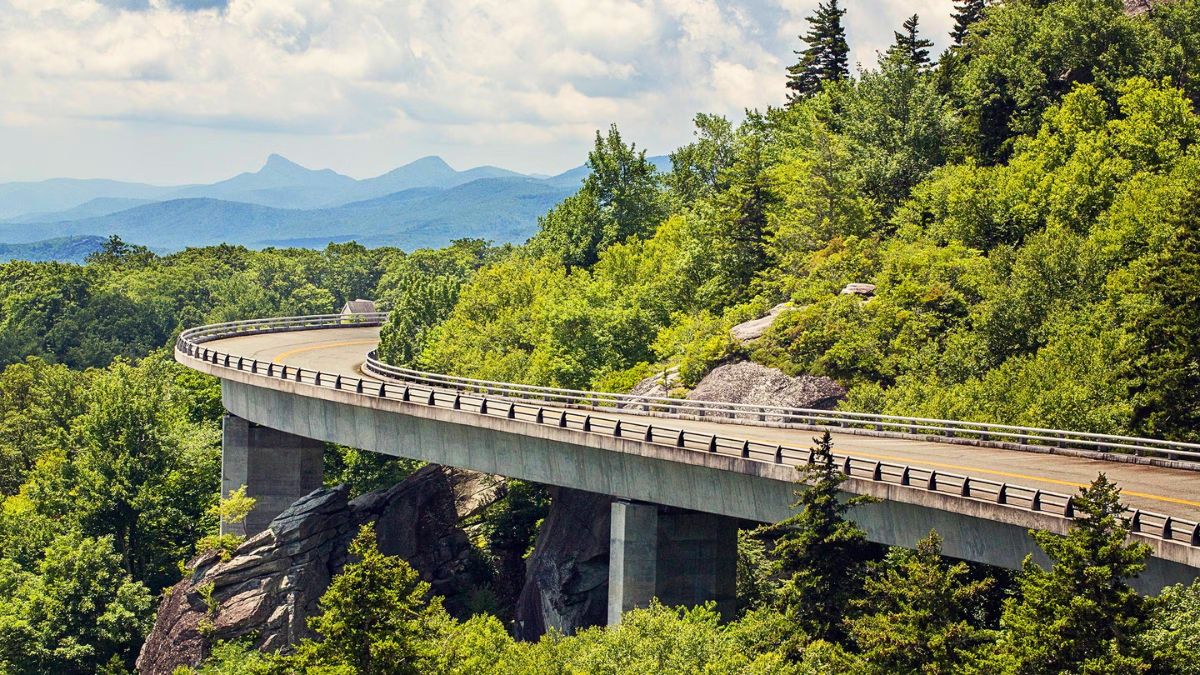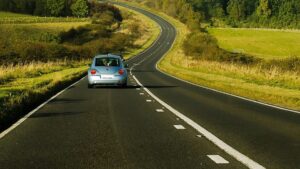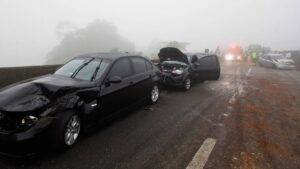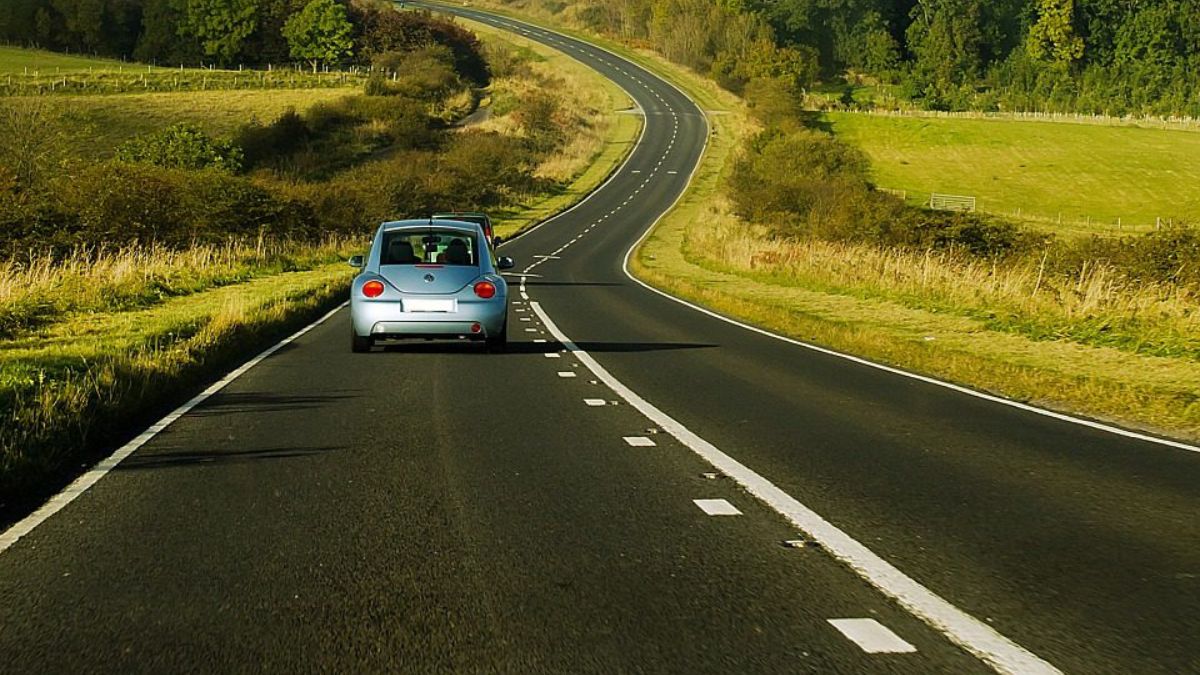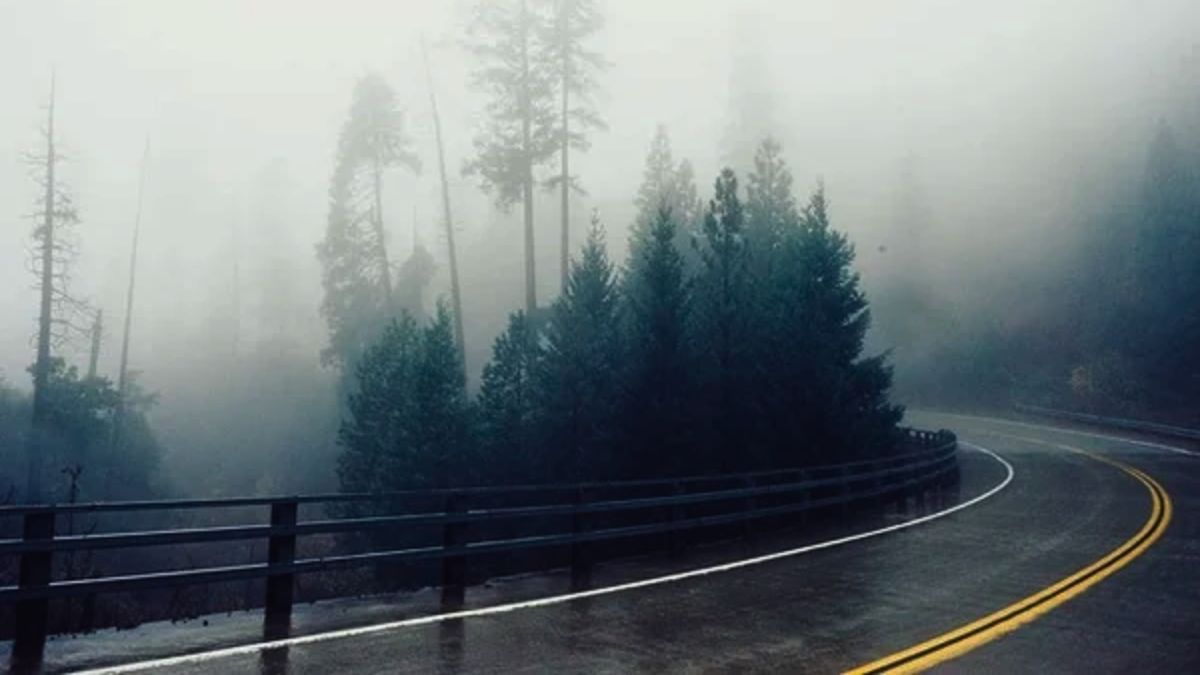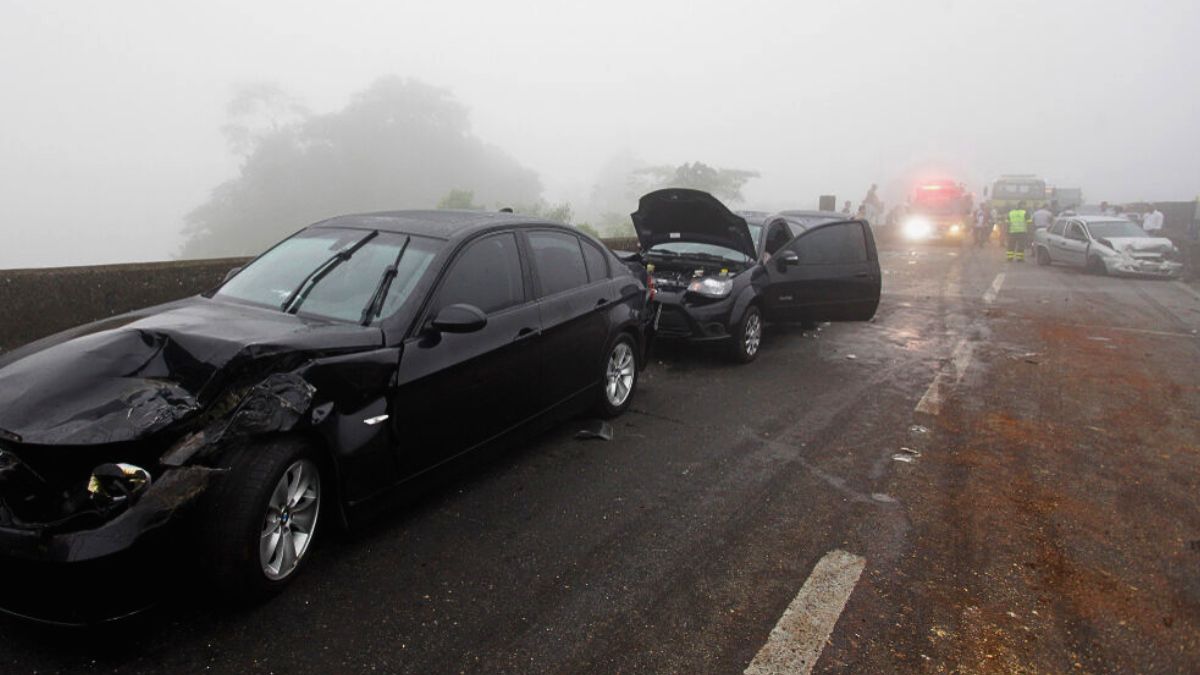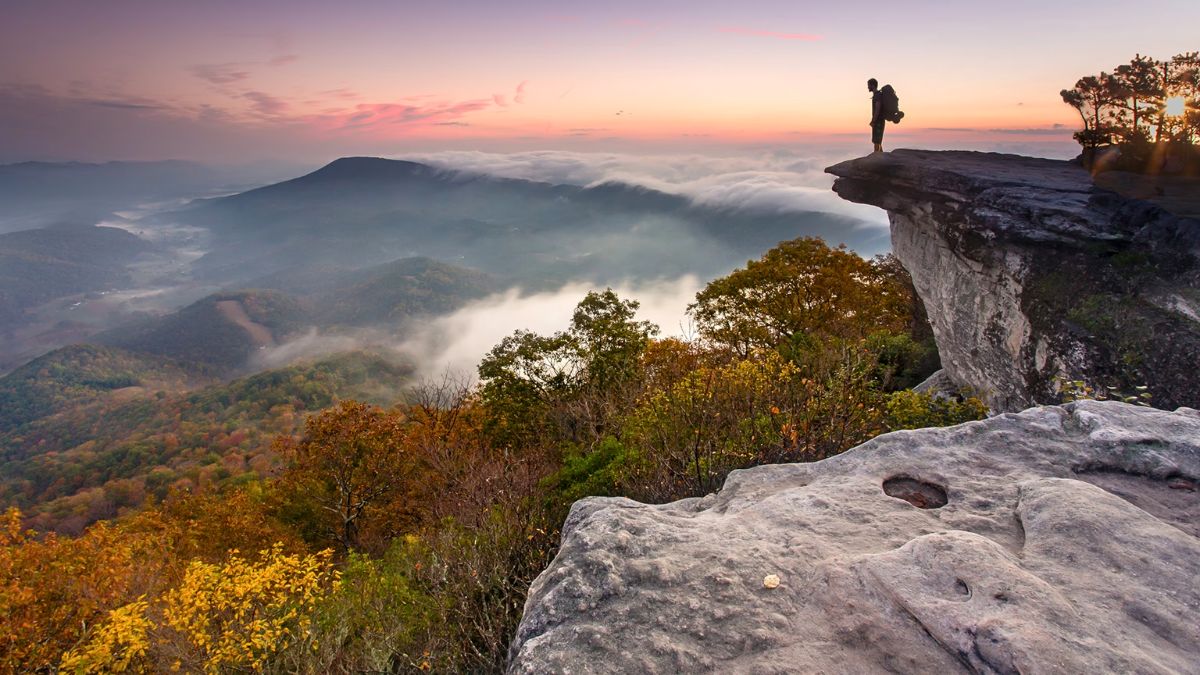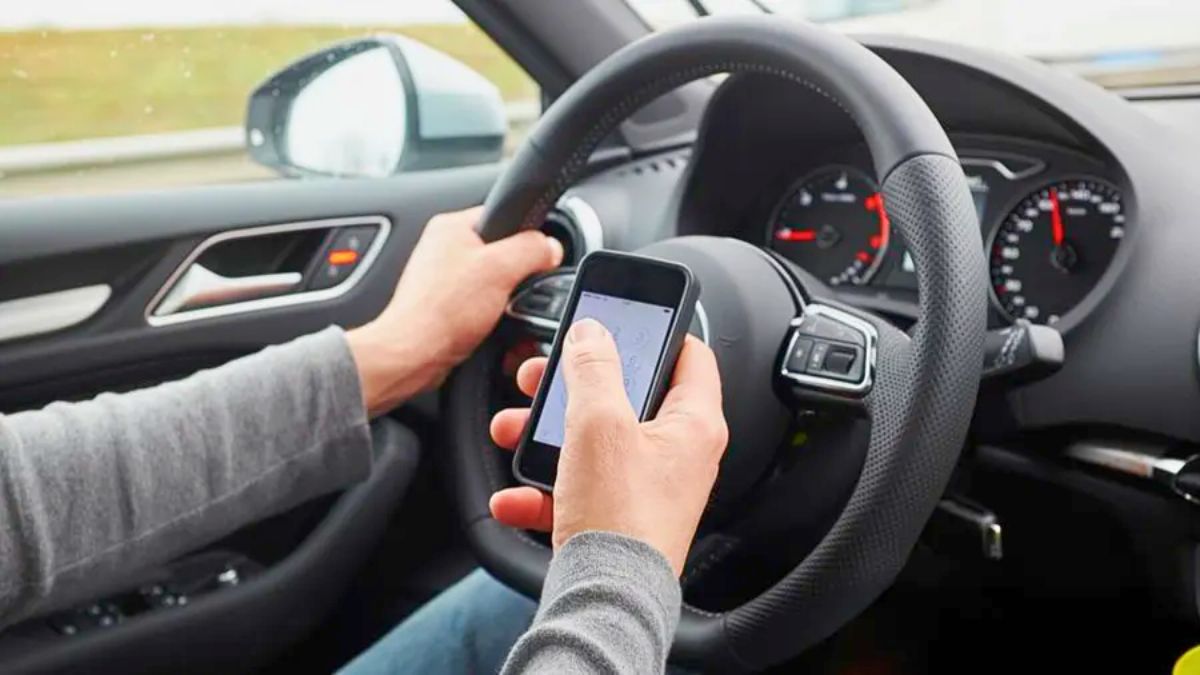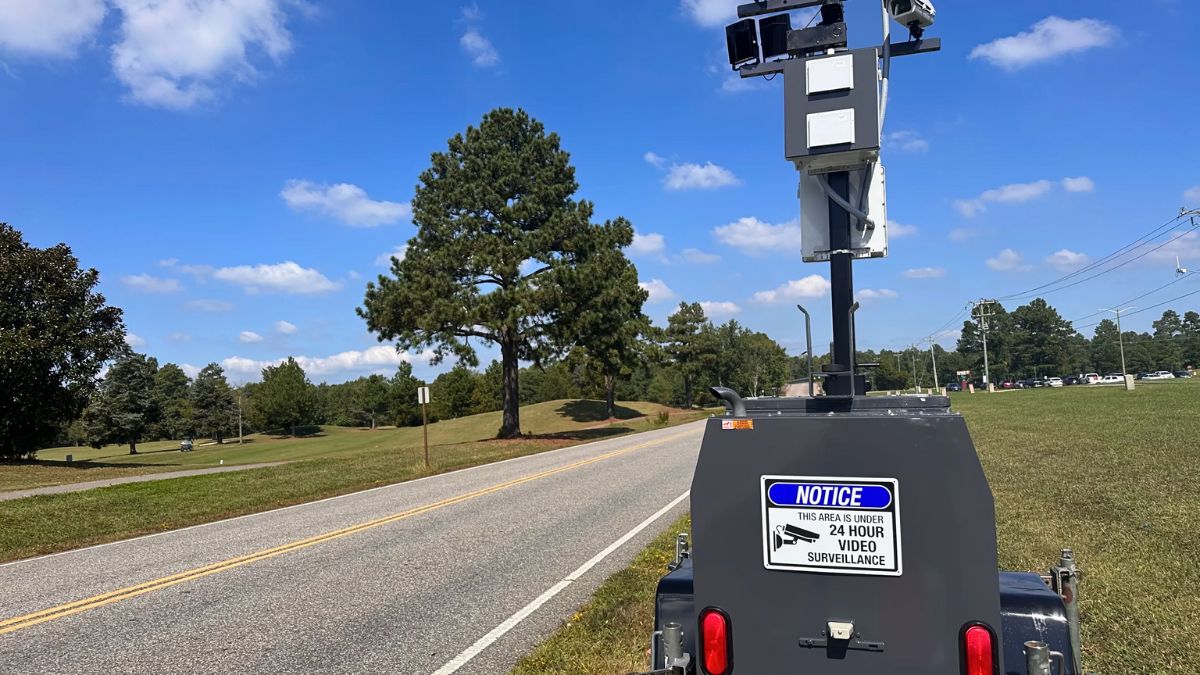Taking a scenic drive on the Blue Ridge Parkway is like hitting the pause button on life. Stretching over 469 miles through Virginia and North Carolina, this route offers breathtaking views, winding curves, and some of the most serene landscapes in the country. But before you start the engine and hit the road, your car needs to be ready for the adventure. Here’s how to make sure your vehicle is just as prepared as you are.
Inspection
First things first: give your car a full check-up. Driving the Blue Ridge Parkway means lots of turns, hills, and sometimes unpredictable weather. So, it’s not just about the view — it’s about staying safe and smooth on the road.
Make sure to inspect:
- Brakes: You’ll be going uphill and downhill — a lot. Worn-out brakes? That’s a no-go.
- Tires: Check for good tread and proper inflation. Uneven wear or bald spots? Replace them.
- Lights: Test all headlights, brake lights, and turn signals — especially since fog can roll in suddenly.
- Wipers and Fluid: Clean windshields are a must for those mountain views. Top off your wiper fluid.
A quick visit to a mechanic for a pre-trip inspection can be a lifesaver.
Fluids
Think of your car like a marathon runner — it needs proper hydration. The last thing you want is to overheat in a remote area with no cell service.
Check and top off these fluids:
- Engine oil
- Transmission fluid
- Coolant/antifreeze
- Brake fluid
- Power steering fluid
- Windshield washer fluid
If it’s been a while since your last oil change, get it done before you head out. Mountain driving puts extra stress on your engine.
Emergency
No one expects a breakdown, but you should prepare like one’s around the corner. A well-stocked emergency kit can turn a disaster into a minor inconvenience.
Here’s what you should keep in your trunk:
- Jumper cables
- Flashlight and batteries
- Basic tool kit
- Tire inflator or sealant
- Spare tire and jack
- First aid kit
- Bottled water and snacks
- Emergency blanket
Cell service is spotty on the Parkway, so don’t count on Google Maps or roadside assistance.
Navigation
Speaking of getting around — GPS isn’t always reliable here. The Parkway is famous for areas with little to no signal.
So, pack:
- A paper map or a downloaded offline map
- A route plan, especially if you’re planning stops or overnight stays
- Addresses or coordinates of key spots
Knowing where you’re going — and how to get back — makes the trip smoother and way less stressful.
Comfort
Long drives demand comfort. After all, you’re there to enjoy the journey, not suffer through it.
Here’s what helps:
- Clean the interior before the trip
- Bring a phone charger and music playlist
- Pack some pillows or neck rests
- Have sunglasses and sunscreen on hand
- Dress in layers — weather changes fast in the mountains
Your body (and your passengers) will thank you.
Timing
Timing can make or break your Parkway experience. Avoid the stress of traffic or bad weather by planning wisely.
Best times to drive:
| Season | Highlights | Watch Out For |
|---|---|---|
| Spring | Wildflowers, cooler temps | Rain & fog |
| Summer | Full foliage, long days | Crowds |
| Fall | Stunning leaf colors | Heavy traffic |
| Winter | Peaceful views | Snow & closures |
Early mornings and weekdays are best for a peaceful ride.
Preparing your car for a Blue Ridge Parkway drive isn’t just smart — it’s essential. From checking your tires to packing a paper map, each small step adds up to a safer, more enjoyable road trip. Once your car is ready, the mountains are calling. So buckle up, roll down the windows, and enjoy one of America’s most scenic routes.
FAQs
Do I need a 4WD for the Parkway?
Nope! Most cars handle it fine in good weather.
Is cell service reliable on the Parkway?
Not really. Bring a paper map or offline GPS.
Should I fill up before driving?
Yes, gas stations are rare along the route.
Are pets allowed on the Parkway?
Yes, but keep them on a leash and clean up after.
Can I drive the Parkway in winter?
You can, but check for road closures first.
